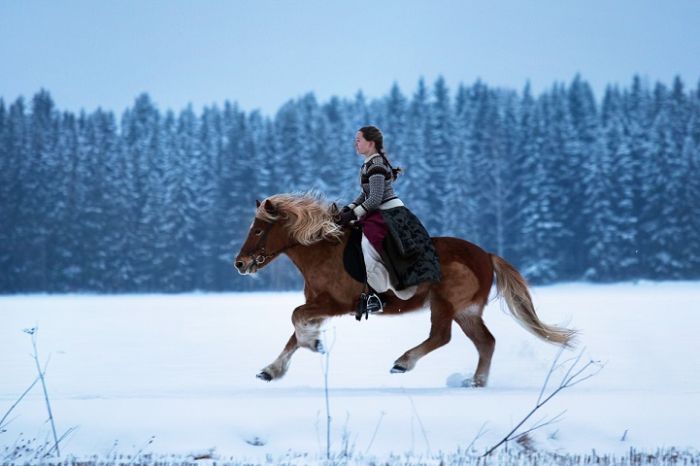|
|
Arctic Region, North Pole, Arctic
|
Plants: Arctic vegetation is composed of plants such as dwarf shrubs, graminoids, herbs, lichens and mosses, which all grow relatively close to the ground, forming tundra. As one moves northward, the amount of warmth available for plant growth decreases considerably. In the northernmost areas, plants are at their metabolic limits, and small differences in the total amount of summer warmth make large differences in the amount of energy available for maintenance, growth and reproduction. Colder summer temperatures cause the size, abundance, productivity and variety of plants to decrease. Trees cannot grow in the Arctic, but in its warmest parts, shrubs are common and can reach 2 m (6 ft 7 in) in height; sedges, mosses and lichens can form thick layers. In the coldest parts of the Arctic, much of the ground is bare; nonvascular plants such as lichens and mosses predominate, along with a few scattered grasses and forbs (like the arctic poppy).
Animals: Herbivores on the tundra include the Arctic hare, lemming, muskox, and caribou. They are preyed on by the Arctic fox and wolf. The polar bear is also a predator, though it prefers to hunt for marine life from the ice. There are also many birds and marine species endemic to the colder regions. Other land animals include wolverines, ermines, and arctic ground squirrels. Marine mammals include seals, walrus, and several species of cetacean—baleen whales and also narwhals, killer whales and belugas.
|
|









